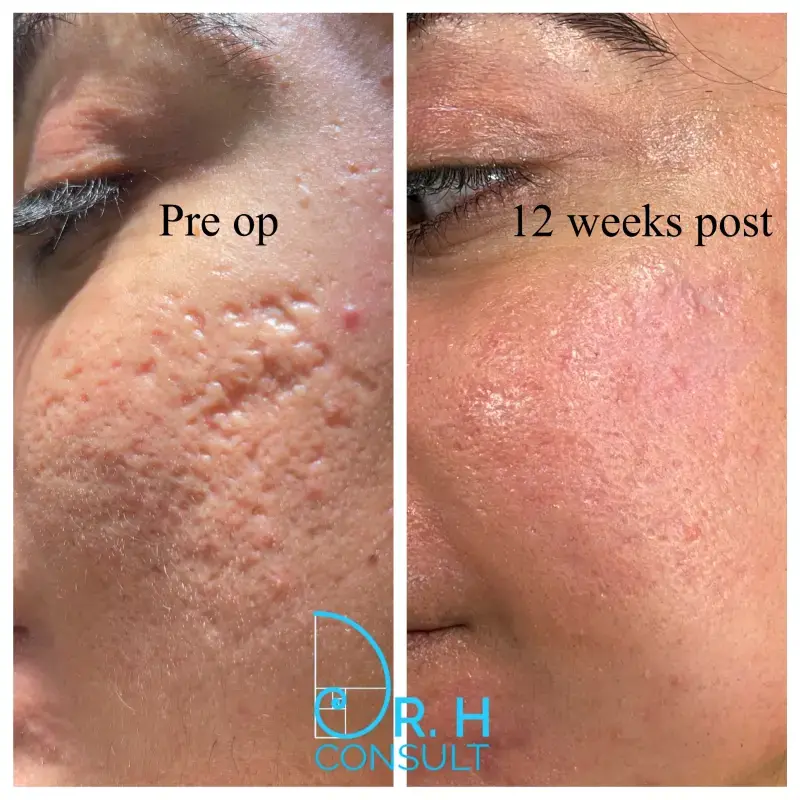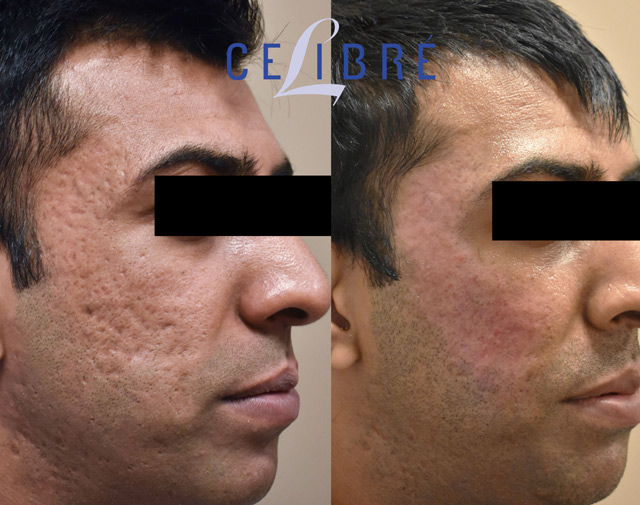Skin Rejuvenation Treatments: Renew Your Skin and Reduce Acne Scars
Skin Rejuvenation Treatments: Renew Your Skin and Reduce Acne Scars
Blog Article
Recognizing the Various Skin Problem and Effective Therapy Alternatives for Acne Scars
Acne marks stand for a complex interaction of skin problems that considerably influence people' self-esteem and general skin health. Comprehending the unique types of acne marks-- hypertrophic and atrophic-- together with their underlying reasons, is critical for establishing reliable treatment methods. Various therapeutic choices exist, ranging from sophisticated dermatological procedures to all-natural treatments. However, the efficiency of these treatments usually hinges on tailored analyses by certified experts. As we discover the landscape of acne scar administration, it ends up being obvious that the trip towards more clear skin may entail even more than just topical services.
Sorts Of Acne Marks

In contrast, hypertrophic scars arise from an overflow of collagen during the healing procedure, leading to increased areas on the skin. These scars are often firm and can differ in shade, sometimes appearing red or darker than the surrounding skin.
Comprehending these types of acne scars is vital for developing an effective therapy strategy - acne scars. Choices might include chemical peels, laser therapy, microneedling, or dermal fillers, tailored to the details mark type. A thorough examination with a dermatologist can aid establish one of the most proper intervention, thinking about the person's skin kind, mark severity, and total skin health and wellness
Sources Of Acne Scarring
Marking takes place as a result of the body's natural recovery response to inflammation and injury triggered by acne sores. When acne forms, it triggers an inflammatory reaction, bring about the release of different cytokines and growth factors that promote healing. This procedure can sometimes lead to excessive tissue development or poor fixing, resulting in marks.
The main root causes of acne scarring consist of the intensity of the acne itself, period of the lesions, and individual skin kinds. Serious inflammatory acne, such as nodules and cysts, is most likely to result in scarring as a result of deeper tissue damages. In addition, inappropriate handling of acne lesions, such as picking or squeezing, can exacerbate cells injury and swelling, raising the likelihood of scarring.
Genetic proneness additionally plays a considerable role; people with a family history of scarring go to a higher threat. Furthermore, skin type and shade can affect mark development, as darker skin tones might experience post-inflammatory hyperpigmentation, while lighter skin may develop atrophic scars.
Eventually, understanding these causes is essential in handling acne and reducing the possibility for scarring.

Therapy Options for Scarring
Reliable therapy options for acne scarring differ relying on the kind and intensity of the scars. Generally classified right into atrophic, hypertrophic, and keloid marks, these conditions require customized strategies for ideal results.
For atrophic marks, which are defined by a loss of find here tissue, therapies such as chemical peels, microdermabrasion, and laser treatment are commonly employed. These methods advertise skin revival and promote collagen production, thereby improving skin texture. Subcision, a minimally invasive treatment, can additionally work by breaking up next page coarse bands under the skin.
Keloid and hypertrophic scars can be more testing to treat. Alternatives include corticosteroid shots to decrease swelling and squash the scars. Sometimes, cryotherapy or laser treatment might be recommended to decrease their appearance.
Surgical choices are available for serious scarring, where excision or skin grafting may be needed. It's vital for individuals to speak with a skin doctor to evaluate their details scar type and go over one of the most appropriate treatment plan. Combining several therapies commonly generates the very best end results, ensuring that each client's one-of-a-kind skin disease is addressed effectively.
Natural Home Remedy and All-natural Solutions
All-natural solutions and natural remedy can supply an accessible method for individuals looking for to enhance the look of acne marks (acne scars treatment). Numerous ingredients found in the home kitchen have demonstrated prospective benefits in enhancing skin texture and promoting healing

Another efficient alternative is lemon juice, which functions as an all-natural exfoliant and can lighten hyperpigmentation. However, it should be used meticulously, as it may create photosensitivity. Oat meal masks are additionally beneficial; their mild exfoliation can aid get rid of dead skin cells while soothing inflammation.
Important oils, such as tea tree oil and lavender oil, can better sustain mark recovery due to their antimicrobial homes. It is important to perform a patch examination prior to applying any type of solution to ensure there are no negative responses. These all-natural services can be a corresponding strategy in the journey to reduce acne marks.
Preventing Future Scarring
Taking on a positive strategy to skincare can considerably lower the threat of developing future acne marks. Normal cleansing, peeling, and hydration can help maintain skin health and stop clogged up pores.
In addition, staying clear of the temptation to press or choose acne sores is critical, as this can lead important site to inflammation and subsequent scarring. Instead, individuals should concentrate on using topical treatments that promote recovery and minimize inflammation. Ingredients such as salicylic acid, benzoyl peroxide, and retinoids are known for their efficiency in managing acne and minimizing marks.
Sun protection is another essential element; exposure to UV rays can restrain and dim scars recovery. Utilizing a broad-spectrum sunscreen daily can mitigate these results.
Last but not least, keeping a healthy diet regimen rich in anti-oxidants and staying hydrated assistances skin regeneration. By applying these safety nets, people can substantially lower their danger of future scarring and promote general skin health.
Verdict
To conclude, a comprehensive understanding of acne marks, encompassing both atrophic and hypertrophic kinds, is vital for effective therapy techniques. Customized interventions, consisting of expert treatments and natural home remedy, can dramatically enhance skin look and structure. Safety nets additionally play a vital duty in lessening future scarring. Examination with a skin specialist stays necessary to create personalized approaches that consider specific skin kinds and scar extent, inevitably boosting the efficiency of scar management techniques.
Acne marks stand for an intricate interplay of skin problems that dramatically effect people' self-esteem and total skin health and wellness. The 2 primary classifications of acne marks are atrophic and hypertrophic scars. These scars are more identified into 3 subtypes: ice pick scars, which are deep and narrow; boxcar scars, which are wider and have distinct edges; and rolling scars, which develop a wave-like look due to uneven skin texture.
A thorough examination with a dermatologist can aid figure out the most suitable intervention, taking into account the person's skin kind, scar severity, and total skin health and wellness.
Assessment with a dermatologist continues to be vital to develop personalized techniques that think about individual skin kinds and scar intensity, ultimately boosting the effectiveness of mark administration techniques.
Report this page